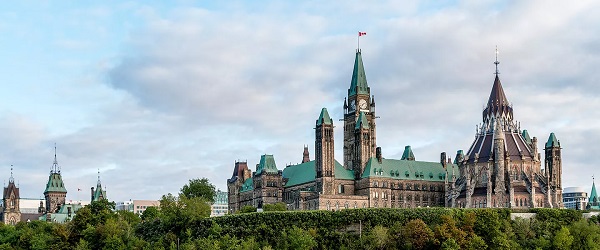Agriculture
Red Deer Man to Lecture Max Planck PhDs

Todayville is pleased to announce that our own Agriculture TV producer, Nick Saik, has been invited to speak to many of Europe’s leading PhDs at the famous Max Planck Institute of Molecular Plant Physiology in Potsdam-Golm Germany.
As a featured speaker at the Plants and People Conference 2019 in September, Nick has been invited to discuss effective science and agricultural communication –something he has proven very successful at despite him doing so during an era of divisiveness. And to think that it all started with an argument with his father.
Nick was a hippy filmmaker working in Vancouver on fairly shallow, big budget Hollywood fare when his former farmboy father suggested that he come home to tell the story of modern agriculture. There was only one problem. Nick didn’t believe in the approaches of modern agriculture.
Sharing a healthy respect for science, that lead the TEDTalk agricultural expert that advises everyone from Bill Gates to African Presidents to challenge his son: prove me wrong.
That challenge led to a lot of learning and several highly involved trips around the world. Nick met with the scientists and farmers who were directly engaged in the innovations necessary to feed the world’s growing population. The father’s strategy was wise.
“I had no business even having an opinion about something I knew so little about back then,” says the younger Saik when referring to his previous self. “Today my main advantage is my ignorant humility. It’s a healthy place to work from.”

A handcam provided for Nick Saik’s early start in the field of communications.
That is what the young Albertan has to offer Europe’s leading scientists: He can not only show lay people how to do meaningful research, even more importantly he can actually model the behaviour of someone who will change their mind if the evidence is good.
Today’s brain science is quite clear: that is not a natural inclination for human beings. We are impacted by confirmation bias and cognitive dissonance and are very often little more than creatures of habit.
“The best way to change someone’s mind is to let them change it themselves,” says Saik. In a world where most seek only to reinforce their existing opinions, Nick’s willingness to be naive and open is at the heart of why he has become so popular as a science and agriculture educator and public speaker.
His unique position as neither a scientist, nor farmer, nor activist allows him to genuinely represent the average person’s perspective because, like him, most people are none of those things.
“There’s an awareness in science that it accidentally became a closed shop. It wasn’t very friendly when it came to dumb questions. But I ask a lot of dumb questions myself, so instead of dismissing people’s concerns I actually share them, so I look into them and then share what I learn. And it turns out people like that.”
Nick is good at modelling respect, and at helping people understand each other. His Facebook page may have the most respectful and informative comment section on that entire platform.
In a world of binary, either-or thinking, Nick uses everything from LEGO to musical styles to help explain and/or analogize the essence behind what could otherwise be complex ideas. He’s even funny, having had single videos that, in their various forms and on their various channels, have been seen over 50 million times.
Supported by a large cast of farmers and scientists that are perpetually adding to his knowledge, Nick continues to learn every week. That was ultimately why he came to call his company KNOW IDEAS MEDIA. (Even the logo shows two distinct circles of thought being tied together by communication. He’s as earnest as they come.) Click on the Know Ideas Media banner below to see Nick’s work on Todayville Agriculture.
The company’s principles of optimism, reason, science, respect and maybe most importantly, compassion may be just what agriculture needs. In a world divided by many people shouting many points of opposition, voices of clarity, unity and cooperation are like a breath of fresh air. It that context it makes sense that a voice of reason in Red Deer was heard as far away as the most hallowed halls of Europe.
Respectful and informative exchange. If it seems too simple, we only need to remember that it was that very approach that lead Nick Saik all the way from the shallows of Hollywood fare to the meaningful depths of discussing food security at one of the leading educational institutions on Earth.
If he keeps this up, Nick’s ignorant humility might just lead him to follow in his father’s footsteps. He too may one day be advising billionaires and world leaders, and that’s pretty impressive for a guy who’s claim to fame is that he is ‘just one of us.’
Agriculture
Unstung Heroes: Canada’s Honey Bees are not Disappearing – They’re Thriving
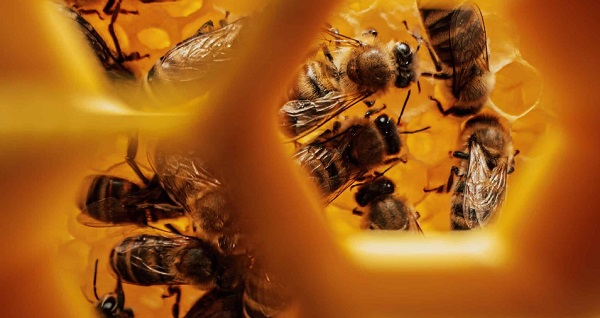
Canada’s Bee Apocalypse began in 2008. That was the year the Canadian Association of Professional Apiculturists (CAPA) first reported unusually high rates of winter bee colony losses. At 35 percent, the winter die-off that year was more than twice the normal 15 percent rate of attrition.
“Successive annual losses at [these] levels … are unsustainable by Canadian beekeepers,” the CAPA warned. This set off an avalanche of dire media reports that now appear on a regular basis. Among the many examples over the years: Huge Honey Bee Losses Across Canada” and “Canada’s bee colonies see worst loss in 20 years”. As each of these stories reminds readers, the disappearance of honey bees will doom our food supply, given their crucial role in pollinating crops including canola, soyabeans, apples, tomatoes and berries.
This year the black-and-yellow striped Cassandras are back at work, with headlines shouting “Scientists warn of severe honeybee losses in 2025” and “The Bees are Disappearing Again”. If it’s spring, the bees must be disappearing. Again.
It is, however, mathematically impossible for any species to be in an allegedly continuous and calamitous state of decline over nearly two decades and never actually reduce in number. For despite the steady supply of grave warnings regarding their imminent collapse, Canada’s bees are actually buzzing with life.
In 2007, according to Statistics Canada, there were 589,000 honey bee colonies in Canada,; in 2024, they reached 829,000, just shy of 2021’s all-time high of 834,000. Figuring a conservative summertime average of 50,000 bees per colony, that means there are approximately 12 billion more honey bees in Canada today than when the Bee Apocalypse first hit.
As for beekeepers, their numbers have also been growing steadily, and now stand at 15,430 – the most recorded since 1988. As CAPA’s report acknowledges, “the Canadian beekeeping industry has been resilient and able to grow, as proven by the overall increase in the number of bee colonies since 2007 despite the difficulties faced every winter.”
How is this possible? As is usually the case where there’s a need to be filled, the market holds the answer.
It is true that Canadian honey bees face a long list of threats and challenges ranging from mites and viruses to Canada’s harsh winters. It is also true that they perform a crucial service in pollinating crops, the value of which is estimated at $7 billion annually. However, this underscores the fact that bees are a livestock bred for a particular agricultural purpose, no different from cattle, chickens or pen-raised salmon. They are a business.
And in spite of its alleged status as an environmental totem, the honey bee isn’t even native to North America. It was first imported by European settlers for its honey-making abilities in the 1600s. Since then, it has been cultivated with deliberate commercial intent – allowing it to outcompete native pollinators such as bumble bees and butterflies even though it is poorly suited to the local winter. (This highlights the irony of all those native-plant pollinator gardens virtuously installed in neighbourhoods across Canada that end up supporting an invasive honey bee population.)
The significance of the bee economy means that when a beehive collapses over the winter for whatever reason, beekeepers have plenty of motivation to regenerate that colony as swiftly as possible. While hives can create their own queens over time, this can be a slow process given the cold Canadian climate. The better option is to simply buy a new queen from a warmer country.
In 2024, Canada imported 300,000 queens worth $12 million, mostly from the U.S., Italy, Australia and Chile. That works out to $40 each. In a miracle of nature, each of these new queens can lay up to 2,500 eggs a day, and each egg takes just two to three weeks to reach full maturity as a worker or drone. It is also possible to import entire “bee packages” that include a queen and 8,000 to 10,000 bees.
As a result, even a devastating 50 percent winter loss rate, something that has occurred only rarely in Canada in individual provinces and never nationally, isn’t necessarily fatal to any beekeeping operation. The beekeeper can purchase imported queens in April, split their existing colonies and be back in business by May or June.
And regardless of the honey bee’s apparent difficulties with Canada’s unforgiving weather (efforts are ongoing to breed a hardier Canadian variant), there’s no shortage of bees worldwide. Earlier this year, the German statistical agency reported the global beehive count rose from 69 million in 1990 to 102 million in 2023. Another study looking back to 1961 by New Zealand researchers found the number of honey bee colonies has “nearly doubled” over this time, while honey production has “almost tripled.” As the New Zealand report observes, “Headlines of honey bee colony losses have given an
impression of large-scale global decline of the bee population that endangers beekeeping, and that the world is on the verge of mass starvation.” Such claims, the authors note, are “somewhat inaccurate.” In truth, things have never been better for bees around the world.
Here in Canada, the ability to import queens from other countries, together with their prodigious reproductive capabilities, backstops the amazing resiliency of the bee industry. Yes, bees die. Sometimes in large numbers. But – and this is the bit the headlines always ignore – they come back. Because the market needs them to come back.
If there is a real threat to Canada’s bee population, it’s not environmental. It’s the risk that unencumbered trade in bees might somehow be disrupted by tariffs or similar bone-headed human interventions. Left on their own, bees have no problem keeping busy.
The longer, original version of this story first appeared at C2CJournal.ca
Agriculture
Canada Greenlights Mass Culling of 400 Research Ostriches Despite Full Recovery from Bird Flu Months Ago
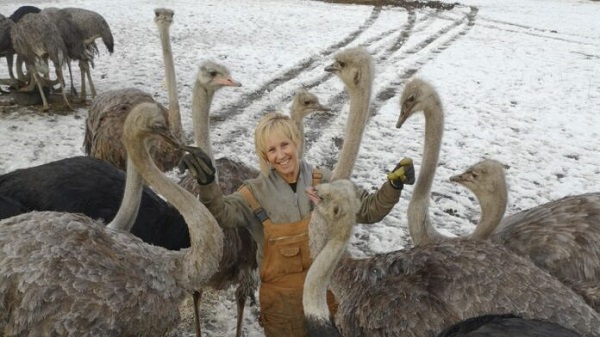
 Nicolas Hulscher, MPH
Nicolas Hulscher, MPH
Federal court upholds CFIA’s reckless cull order—setting a dangerous precedent for the unscientific mass depopulation of genetically important animals.
In March, I interviewed Katie Pasitney of Universal Ostrich and Connie Shields to discuss the alarming implications of the Canadian Food Inspection Agency (CFIA) order to cull 400 research ostriches at Universal Ostrich Farm in British Columbia over bird flu:
Canada Orders Mass Culling of 400 Research Ostriches Over Bird Flu, Refuses to Test Surviving Birds for Natural Immunity
·The Canadian Food Inspection Agency (CFIA) has ordered the culling of 400 ostriches at Universal Ostrich Farm in British Columbia, citing concerns over H5N1 bird flu. However, this decision is not based on sound science and could have serious consequences for both food security and medical research.
Universal Ostrich Farm is a research facility focused on studying the unique antibody-producing capabilities of ostriches. Their research has demonstrated potential in neutralizing viruses, bacteria, and even COVID-19, making it an important contribution to medical science.
In December 2024, the CFIA claimed that two deceased ostriches—which had been lying outside for over 16 hours—tested positive for H5N1 via PCR testing. Just 41 minutes after receiving these results, the CFIA signed an order to cull the entire flock.
The CFIA initially granted the farm an exemption, recognizing the birds as “genetically important.” Later, without clear justification, they reversed this decision, ordering their destruction.
Despite the importance of this research, the CFIA has refused to conduct further testing on the birds and has banned the farm from conducting its own tests, under threat of heavy fines and possible imprisonment. Why is the Canadian government refusing to study the potential antibodies ostriches have developed against H5N1 bird flu?
On January 31, 2025, a court granted a temporary stay of execution, halting the cull. However, the CFIA is appealing this decision, which means the culling could still proceed.
Today, we have received news that the reckless mass cull order will proceed despite their ostriches having already recovered months ago and developed natural immunity against H5N1:

Official Announcement: Federal Court Decision in Universal Ostrich Farms Inc. v. Canadian Food Inspection Agency
Dear friends and supporters,
We are absolutely devastated to share today’s Federal Court decision, issued on May 13, 2025. The court ruled in favour of the Canadian Food Inspection Agency (CFIA), upholding their order to destroy our beloved ostriches and rejecting our plea to save them.
The court’s decision accepted the CFIA’s justification under the Health of Animals Act and their use of the Stamping-Out Policy, which mandates the destruction of animals to control disease outbreaks, regardless of their health status. The court confirmed the CFIA’s approach, prioritizing trade obligations over the welfare of our animals.
In addition, we’ve been ordered to pay $15,000 in CFIA’s legal costs. You can read the full decision here: (2025 FC 878). https://saveourostriches.com/wp-content/uploads/2025/05/JR-T-294-25-and-T-432-25-Final.pdf
We are heartbroken by this outcome and uncertain about the future of our farm. As we navigate this incredibly difficult time, we ask for your patience and continued support. If you are able, please consider making a donation to help us manage the financial and emotional toll this has taken.
Thank you,
Universal Ostrich Farm
http://SaveOurOstriches.com
This deeply misguided decision sets a dangerous precedent for the Canadian government to recklessly depopulate animals at will.
By upholding the CFIA’s reckless cull order, despite the ostriches’ recovery and natural immunity, the court has prioritized trade protocols over scientific inquiry, animal welfare, and the advancement of life-saving medical research.
Epidemiologist and Foundation Administrator, McCullough Foundation
www.mcculloughfnd.org
Please consider following both the McCullough Foundation and my personal account on X (formerly Twitter) for further content.
-

 COVID-1911 hours ago
COVID-1911 hours agoOntario man launches new challenge against province’s latest attempt to ban free expression on roadside billboards
-
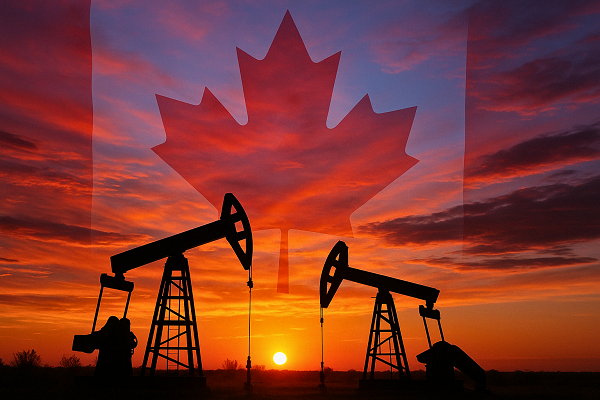
 Energy19 hours ago
Energy19 hours agoThis Canada Day, Celebrate Energy Renewal
-

 Business2 days ago
Business2 days agoWhile China Hacks Canada, B.C. Sends Them a Billion-Dollar Ship Building Contract
-
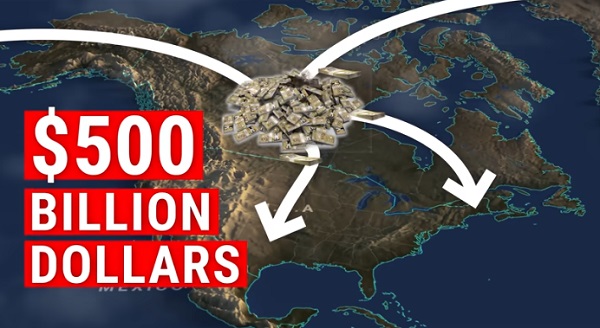
 Alberta1 day ago
Alberta1 day agoSo Alberta, what’s next?
-
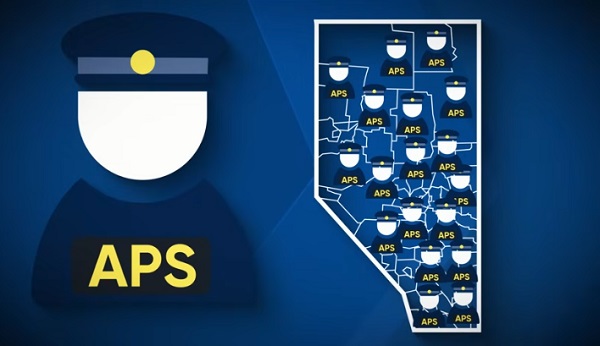
 Alberta10 hours ago
Alberta10 hours agoAlberta Next Takes A Look At Alberta Provincial Police Force
-
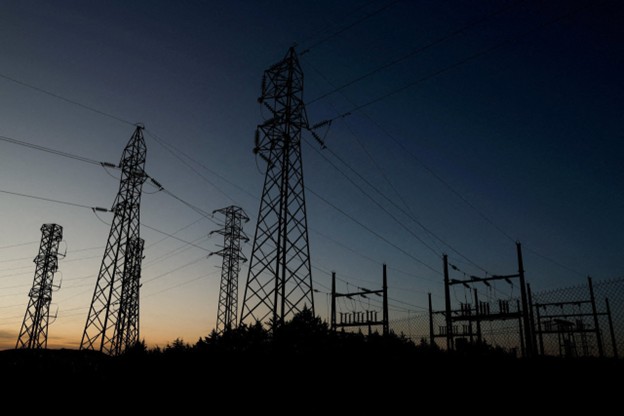
 Bjorn Lomborg2 days ago
Bjorn Lomborg2 days agoThe Physics Behind The Spanish Blackout
-

 Alberta12 hours ago
Alberta12 hours agoCanadian Oil Sands Production Expected to Reach All-time Highs this Year Despite Lower Oil Prices
-
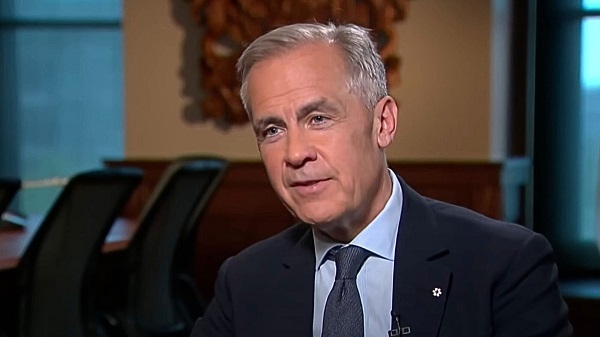
 Business14 hours ago
Business14 hours agoPotential For Abuse Embedded In Bill C-5








